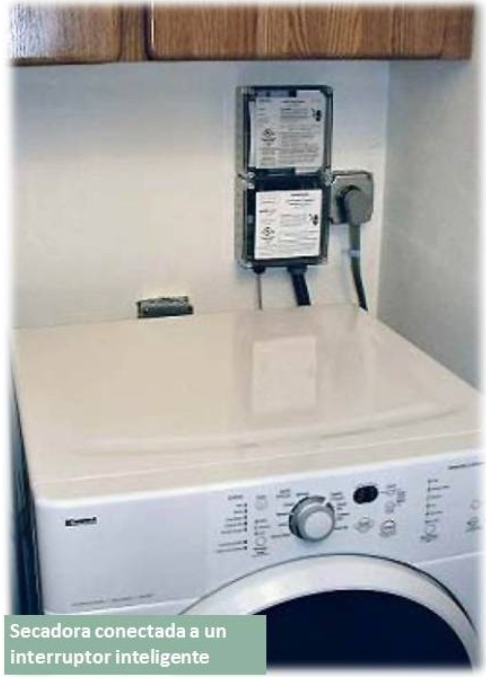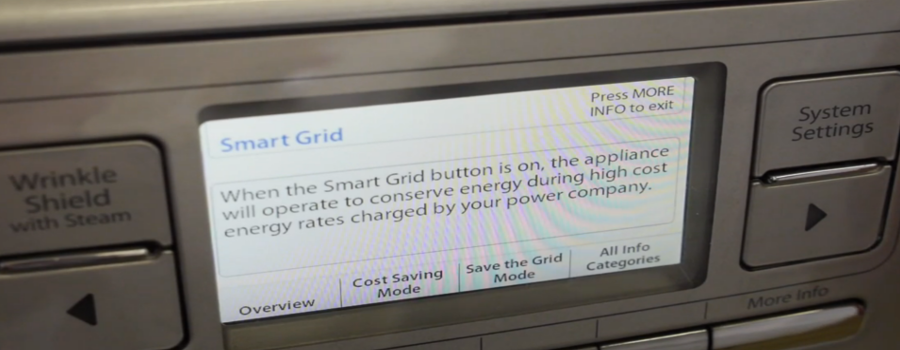Internet of Things (IoT) are becoming common. These are the objects that connect to Internet by themselves to carry out their duties with no human intervention. One possible application that can help us to save money and to reduce greenhouse gasses emissions is the remote control of domestic devices featuring thermostats. These devices are the conditioning air, electric heaters, fridges, heat pumps and heating. While heat pumps are not common in many European countries, gas heating is widespread. Although the latter is not electricity driven, the same ideas can be applied because it relies on a thermostat. The important feature shared by all those devices is that they have thermal inertia, which means there is no significant effect if they are switched off for a reasonable period.
The first step is to connect to Internet the devices. There is technology available in the market to do this, like the Siemens’ Synco Living series or the devices manufactured by Greenwave Systems. This technology enables users to remotely access the aforementioned devices.
The next step is to allow the electricity company to control the thermostats, so they will be able to change the temperature set-point when some conditions are hold. For instance, in the case of the air conditioning, it means they will be able to increase the set-point up to certain threshold or for a certain amount of minutes every hour. In return for allowing changing set-points, the customer will have discount in his electricity bill.

We have to consider companies do not participate in this scheme for the love of humankind, but because of the benefits they gain. What the company is really doing is to buy the customer’s flexibility. The flexibility is the energy the customer is willing to save if there is a return. When the company aggregates the flexibility of many clients, they find they do not need to produce or to buy a huge amount of energy which leads to big economic savings, in particular under unforeseen circumstances like some weather events.
But these programs that are profitable both for the companies and the customers have an even more interesting side; they foster the integration of renewable energies in the grid. The problem with renewable energy is that it cannot be scheduled, as it occurs with conventional sources. As a result, we have energy when there is no demand or the demand can concentrate when the wind does not blow. Demand response programs, this is the name for the described scheme, enables companies to use the aggregated customer’s flexibility to reduce energy demand when renewable sources are weak. In this way there is no need to build CO2 emitting reserve power stations, which are very expensive because they are not continuously running.
Demand response programs can be seen as a case of Internet of Things (IoT) and they are not common in Europe, at least among domestic customers, as it occurs in the USA. These programs allow citizens to be directly engaged in the promotion of renewable energies and in the reduction of greenhouse gasses production. They are a kind of everyday life perturbation, and some people could perceive it as an intolerable intromission. However, we have to consider almost all of us have a product called flexibility we can sell to the electricity companies and, at the same time, it is a personal involvement in climate change mitigation.
- The 28A blackout and the lessons to be learned about the energy transition - 23 May 2025
- We ran out of light - 5 April 2024
- Uncertainties in electricity supply - 15 December 2023
